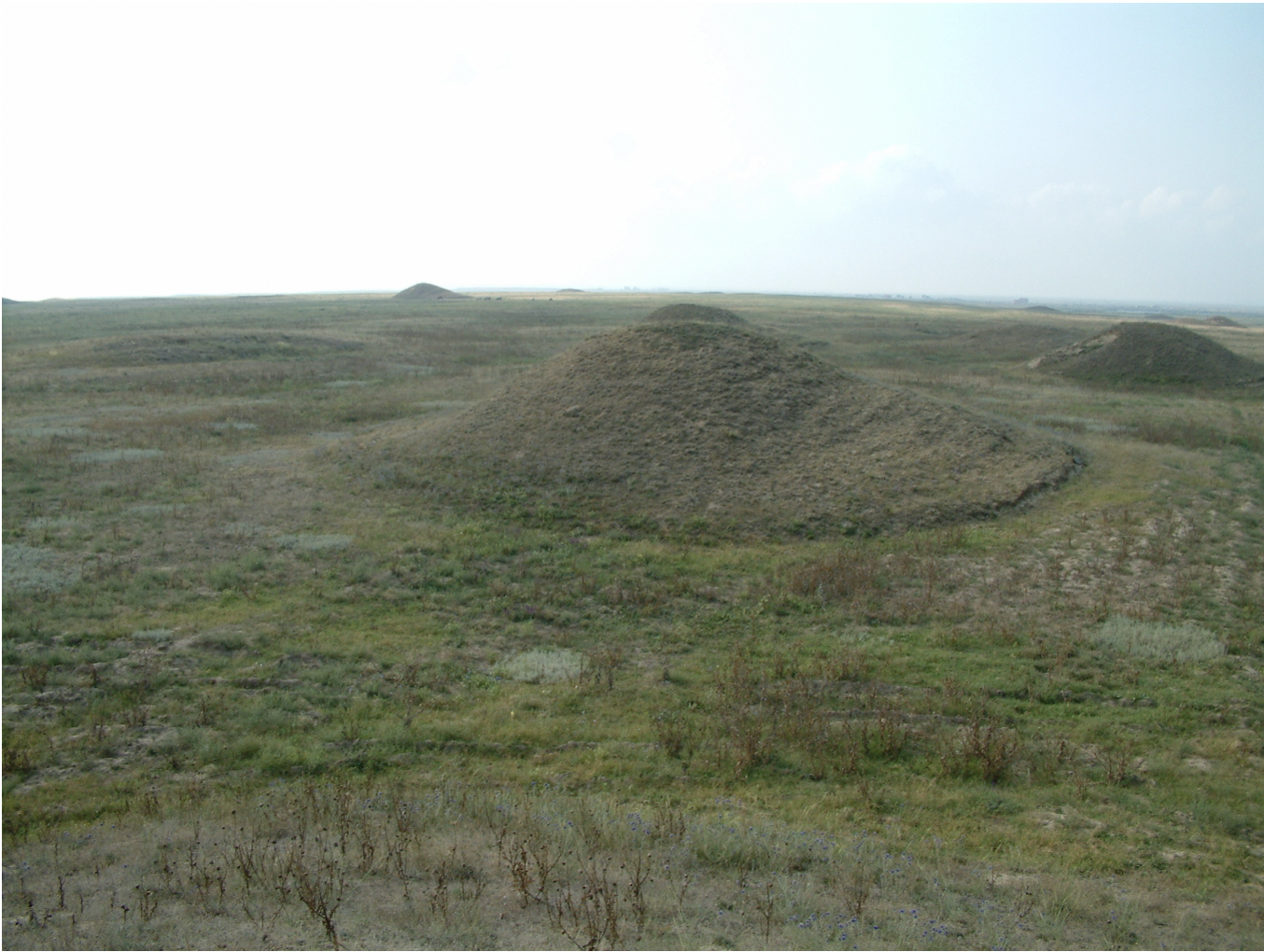The Vasile Pârvan Institute of Archaeology

The Vasile Pârvan Institute of Archaeology of the Romanian Academy (IAVP) [www.instarhparvan.ro] has been involved in the archaeological research of the Dobruja region since the end of the 19th century. Surveys and other archaeological investigations have fundamentally enriched the knowledge about the region next to the Danube, the largest river in Europe and IAVP is responsible for the management and publication of these reports and data. Dobruja is a strategically important area for historians and archaeologists, having been part of the Greek, Roman, Byzantium and Ottoman empires with evidence of Palaeolithic settlement from 8 B.C. Today, the area is divided into two, the larger north region in Romania and the south in Bulgaria. (https://en.wikipedia.org/wiki/Dobruja.)
The IAVP datasets
IAVP are contributing datasets concerning prehistoric, ancient Greek, Ottoman sites and monuments and post WWII industrial archaeology in Romanian Dobruja to ARIADNEplus and also a dataset concerning archival imagery. Both old and new data is being integrated in separate databases which in turn, are being prepared for integration with each other to form a gazetteer that will also be integrated into the Portal. Data has been collected for 142 Eneolithic (Copper age), 30 Ottoman and 30 Greek settlements and monuments from Romanian Dobruja. The ARIADNEplus data schema will be used to create the metadata. In total, 500 sites and monuments will be recorded (by Iulian Bîrzescu, Alexandru Dragoman, Cătălin Nicolae, Tiberiu Vasilescu) and also some records connected with imagery archives (Cătălin Nicolae). These will be made available in English
Progress made to date
The IAVP team is continuing to add records to datasets prepared in separate databases. These databases integrate old and new data, and are being prepared for integration with each other to form a gazetteer of prehistoric, ancient Greek, and Ottoman sites and monuments in Romanian Dobruja for integration with ARIADNEplus. A second campaign for the integration of new media (photo, plans, 3D photos, etc.) has been carried out. Most of the sites have been provided with geographic coordinates; this has started with publication of the Greek sites with the Pleiades platform, in order to make the IAVP gazetteer information more discoverable and to provide persistent identifiers. In addition, a detailed chronology for the region of Romanian Dobruja has been provided to periodO for publication.
IAVP has established a single shared vocabulary for site types and mapped these terms to the Getty AAT. This vocabulary and the associated Getty AAT identifiers will be used across all databases. Work will continue on the preparation of the datasets over the next few months until everything is ready for ingestion into the ARIADNEplus Portal.
Conclusion
The addition of these valuable datasets to the Portal will provide researchers with an improved geographical coverage for Eneolithic, Greek-Roman, Ottoman sites and monuments and post WWII industrial archaeology periods as well as increasing the overall amount of data available.

